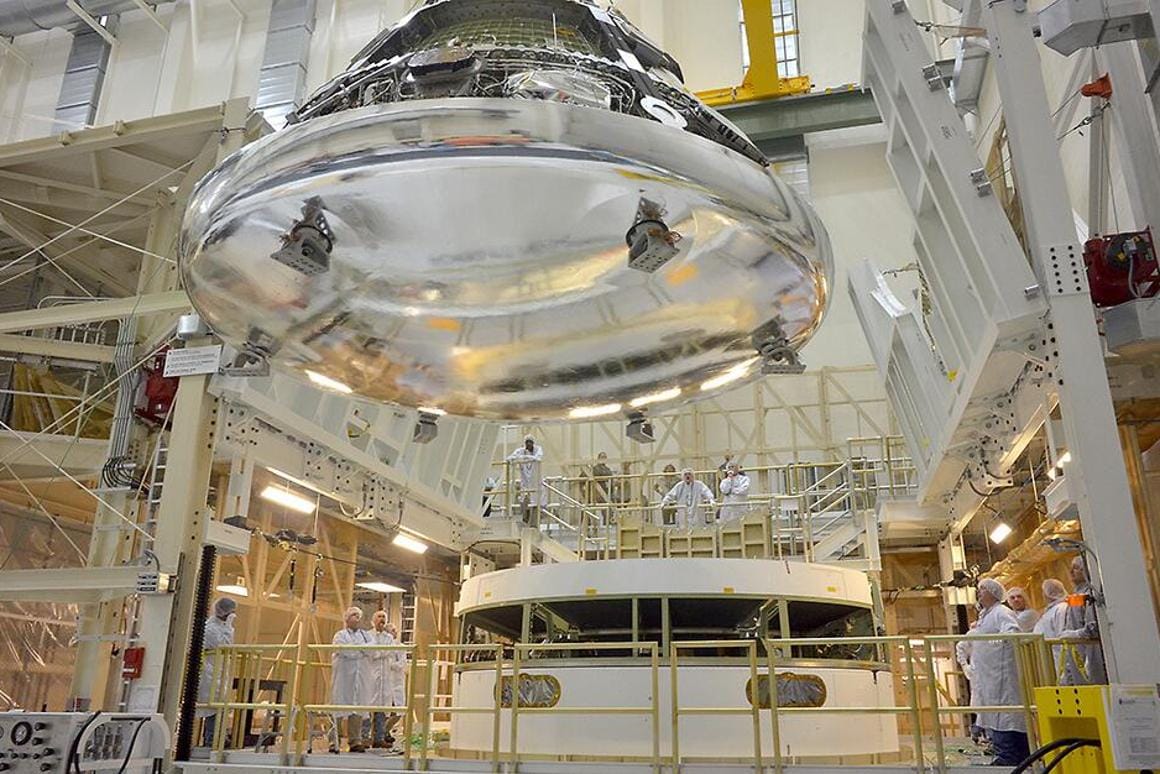The Quadrantid meteor shower is one of the first significant meteor showers of the year, typically peaking in early January. In 2025, skywatchers can look forward to a spectacular display of shooting stars, as the Quadrantids are known for their high activity levels and bright meteors. This article aims to provide readers with comprehensive guidance on how to catch the Quadrantids in 2025, ensuring an unforgettable viewing experience.
The Quadrantids are unique among meteor showers due to their sharp peak, which often lasts only a few hours. The shower originates from the asteroid 2003 EH1, which is believed to be a fragment of a comet. The meteors are named after the obsolete constellation Quadrans Muralis, which is located near the border of the constellations Bootes and Draco. The Quadrantids can produce up to 120 meteors per hour at their peak, making them one of the most prolific meteor showers of the year.
To catch the Quadrantids in 2025, timing is crucial. The shower is expected to peak on the night of January 3rd into the early morning hours of January 4th. Observers should plan to be outside during the hours between midnight and dawn, as this is when the shower is likely to be most active. However, it is advisable to start looking for meteors a few hours before midnight, as activity may begin to increase earlier in the evening.
Choosing a suitable location is also essential for optimal viewing. A dark area away from city lights will provide the best conditions for observing the Quadrantids. Light pollution can significantly diminish visibility, so finding a spot in a rural area or a designated dark sky park is recommended. Additionally, it is beneficial to have an unobstructed view of the sky, allowing for a panoramic perspective of the celestial display.
Before heading out to observe the meteor shower, it is important to prepare adequately for the cold January temperatures. Dressing in warm layers, wearing insulated boots, and bringing blankets or sleeping bags can enhance comfort during the viewing experience. Observers should also consider bringing reclining chairs or blankets to lie on, as this will allow for a more relaxed and enjoyable viewing position.
While the Quadrantids can be seen with the naked eye, there are certain techniques that can enhance the meteor-watching experience. It is recommended to allow the eyes to adjust to the darkness for at least 20 minutes, as this will improve visibility of faint meteors. Avoiding the use of electronic devices with bright screens is also advisable, as this can disrupt night vision. Instead, observers can use red light flashlights, which are less harsh on the eyes.
As the Quadrantids radiate from the constellation Boötes, it is helpful to locate this constellation in the night sky. However, meteors can appear in any part of the sky, so it is best to lie back and gaze upwards to maximize the chances of spotting shooting stars. Observers should remain patient, as meteor showers can be unpredictable, and it may take some time to see the first meteors.
In addition to the Quadrantids, the early January sky may also offer opportunities to observe other celestial phenomena. The presence of planets, such as Jupiter and Saturn, may be visible during this time, adding to the overall stargazing experience. Observers should check local astronomical calendars to determine the visibility of other celestial events coinciding with the meteor shower.
For those who may not be able to observe the Quadrantids in person, there are often live-streaming events hosted by various astronomical organizations. These events allow viewers to watch the meteor shower from the comfort of their homes, providing an alternative for those in areas with unfavorable weather conditions or light pollution.
In summary, catching the Quadrantid meteor shower in 2025 can be a rewarding experience for both novice and seasoned skywatchers. By planning ahead, choosing an ideal viewing location, and preparing for the cold, observers can maximize their chances of witnessing this stunning celestial event. With the right conditions and a bit of patience, the Quadrantids promise to deliver a memorable display of shooting stars that heralds the new year.


